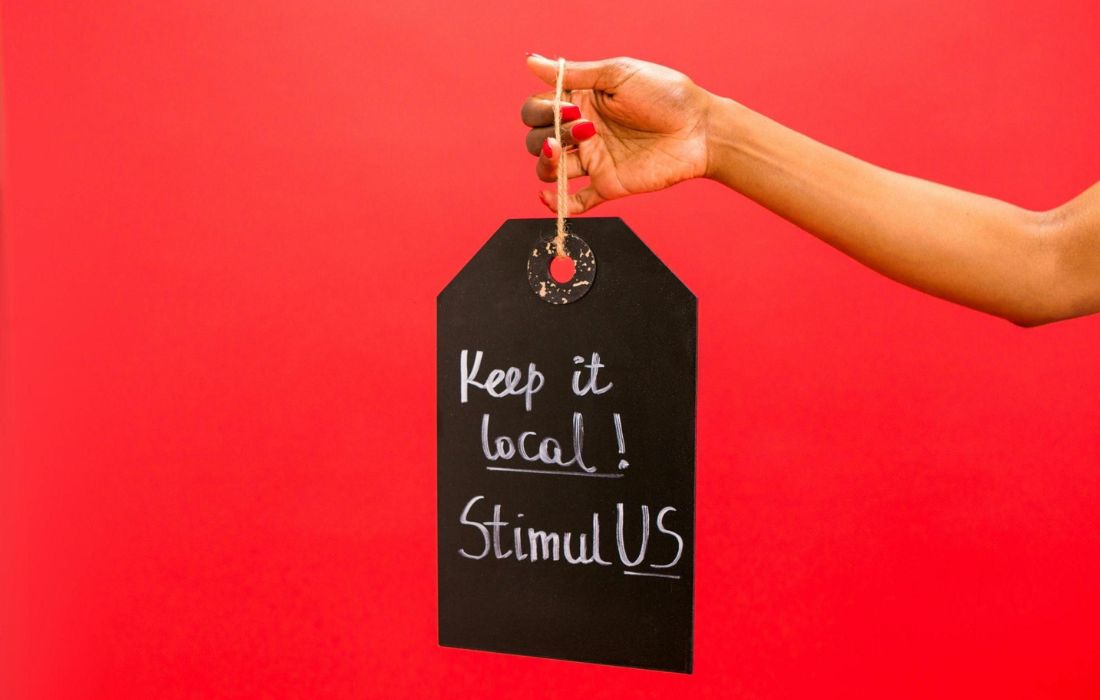Whether you’re running a neighborhood bakery or a tech startup, the way you promote your business plays a substantial role in how quickly you grow and how well you retain customers. But marketing isn’t one-size-fits-all. The right Creative Marketing Strategies rely on your goals, budget, and the people you’re trying to reach.
In this guide, we will explore various creative approaches, from classic word-of-mouth to bold guerrilla campaigns, to help you build a unique marketing plan that works for your business.
Table of Contents
Word-of-Mouth Marketing: The Power of Personal Recommendations
When people talk, others listen, especially when they share cheerful experiences about a product or service. Word-of-mouth marketing has long been one of the most reliable ways to build trust and loyalty, and it remains highly effective in today’s digital world.
Satisfied customers are more likely to suggest your business when they feel appreciated. Consider setting up a referral program that rewards customers for bringing in new clients. These incentives don’t have to be costly. A discount on future services or a small gift can go a long way.
Another key driver of word-of-mouth is exceptional customer service. People naturally become brand advocates when they feel heard, respected, and supported. That’s why it’s crucial to train your team to prioritize responsiveness and authenticity in every interaction, whether in person, over the phone, or online. Positive reviews and testimonials will follow, boosting your reputation and credibility.
Social Media Marketing: Engaging With Your Audience
Social media has changed the way businesses connect with people. Platforms like Instagram, Facebook, LinkedIn, and TikTok let you talk directly to your customers while showcasing what makes your brand unique.
Share behind-the-scenes looks, answer real-time questions, and highlight customer stories. Short-form videos and live streams offer a compelling way to communicate your brand’s voice and values. You can also encourage audience participation through polls, Q&A sessions, or contests to keep your followers engaged.
Moreover, user-generated content such as consumer photos or reviews builds trust and extends your reach. Don’t hesitate to contact influencers in your niche who can help expand your visibility. Even micro-influencers with small but loyal followings can have a big impact.
Guerrilla Marketing: Thinking Outside the Box
Some of the most unforgettable marketing moments happen where you least expect them. Guerrilla marketing thrives on bold, outside-the-box ideas that pop up in everyday places, catching people off guard and getting them talking.
Guerrilla marketing isn’t about spending big. It’s about thinking creatively. Instead of polished ads, you might see sidewalk chalk art, a funny sticker in just the right spot, or a pop-up display that makes people stop and smile. Flash mobs, street performances, and online viral challenges are all smart ways to turn heads without buying expensive ad space.
The beauty of this approach is that it invites participation and curiosity. Done well, it encourages people to share their experiences, giving your campaign a second life online. That’s the beauty of guerrilla marketing for businesses: it requires fewer resources while significantly amplifying your reach.
But before launching any guerrilla campaign, ensure your messaging aligns with your company values and speaks directly to your target audience. While the execution may be playful or surprising, its strategy should be intentional and clear.
Choosing the Right Marketing Strategy for Your Business
No two businesses are exactly alike, so what works for one might not work for another. The first step is getting clear on what you’re aiming for. Are you hoping to bring in new customers? Strengthen relationships with the ones you already have? Launch something new, or just get your name out there more? Your goals will help shape the most common approach for you.
The budget also plays a big role. Digital ads and influencer collaborations might be cost-effective for one business but out of reach for another. On the other hand, strategies like word-of-mouth, email campaigns, or local partnerships can yield significant returns with limited investment.
It’s also wise to test a few methods at a time. Track the results, see what resonates, and be prepared to pivot when necessary. Marketing is an ongoing process, not a one-time project. When one tactic doesn’t deliver, try another. Layering traditional and digital techniques often provides the most balanced, sustainable growth.
Conclusion
Growing a business takes innovative, consistent marketing that connects with the right people in the right way. Whether building trust through word-of-mouth, expanding your reach with digital tools, engaging followers on social media, or experimenting with bold guerrilla campaigns, staying inventive and focused on your audience is key.
The marketing landscape is constantly evolving. Explore different approaches, measure your results, and refine your strategy until you find the perfect mix. You don’t need a massive budget to make a significant impact; you just need a willingness to think differently and meet customers where they are.
Also Read: Digital Footprints That Build Search Engine Confidence







